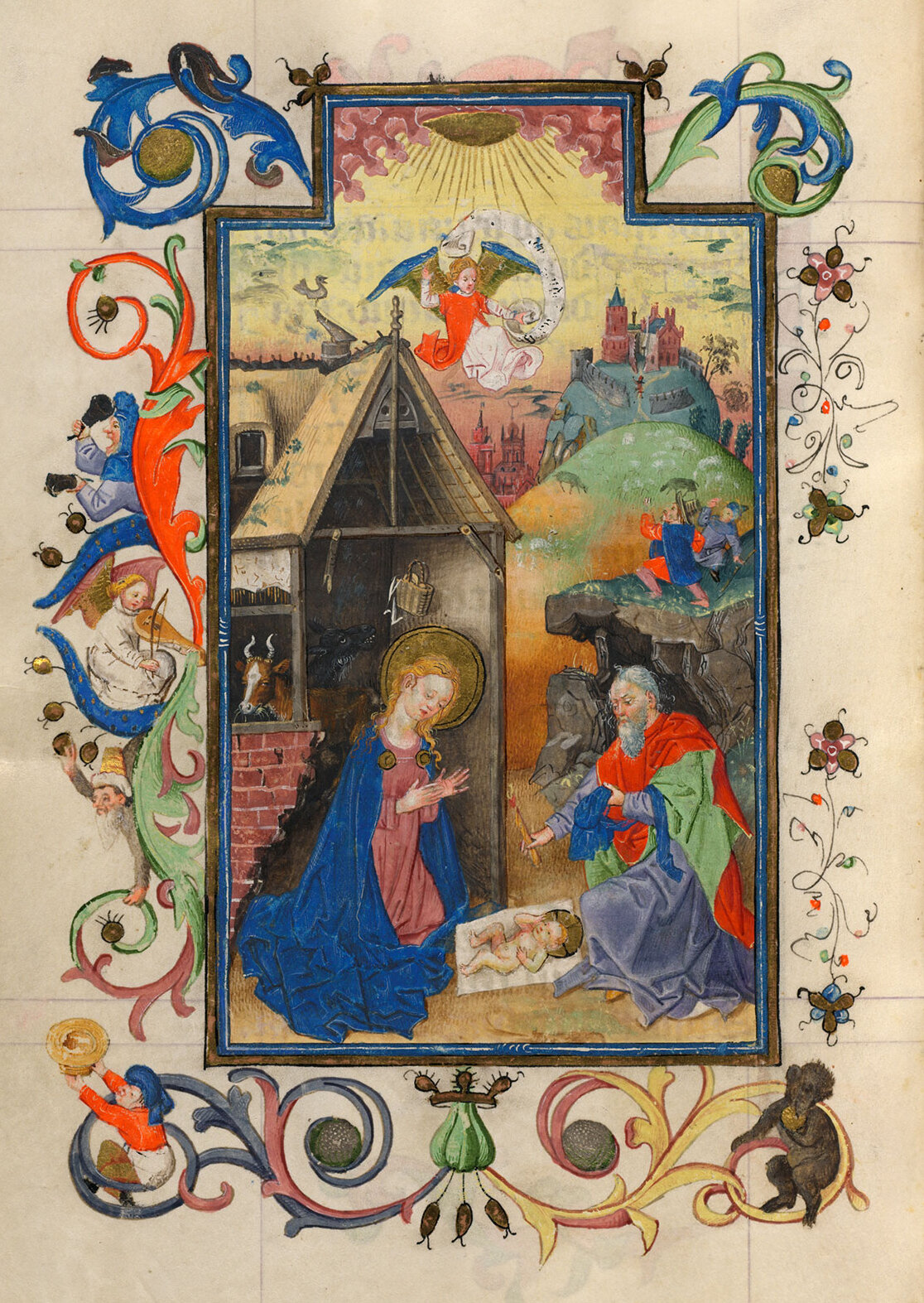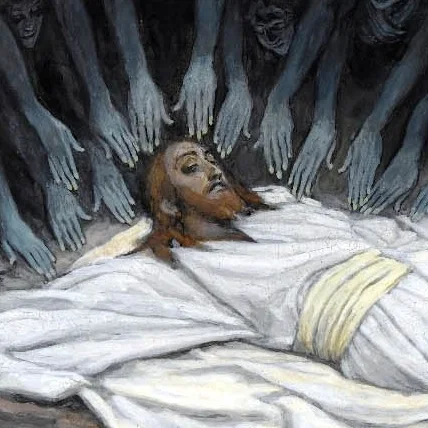Rembrandt's Face of Jesus
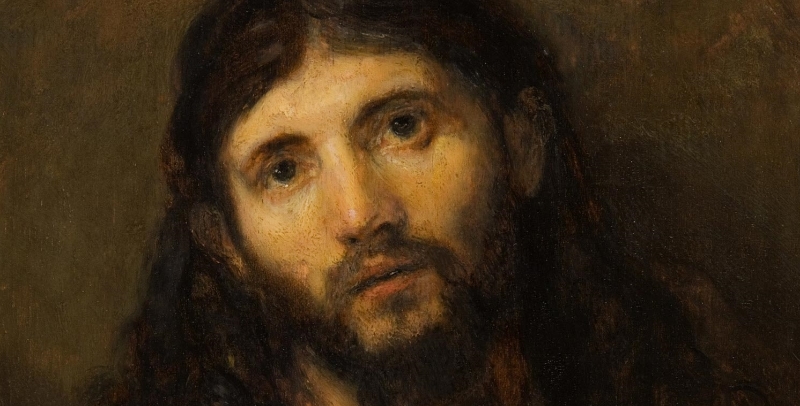
Before Rembrandt, artistic depictions of Jesus followed an established formula: they were based on two cloths that were thought to have been imprinted with the face of Jesus: Veronica's veil and the Mandylion of Edessa.
To the contemporary viewer, these portraits seem almost lifeless and distant from all things human. There is a "flatness" about these paintings, as if Jesus could have taken on two dimensions of human existence, but not the third.
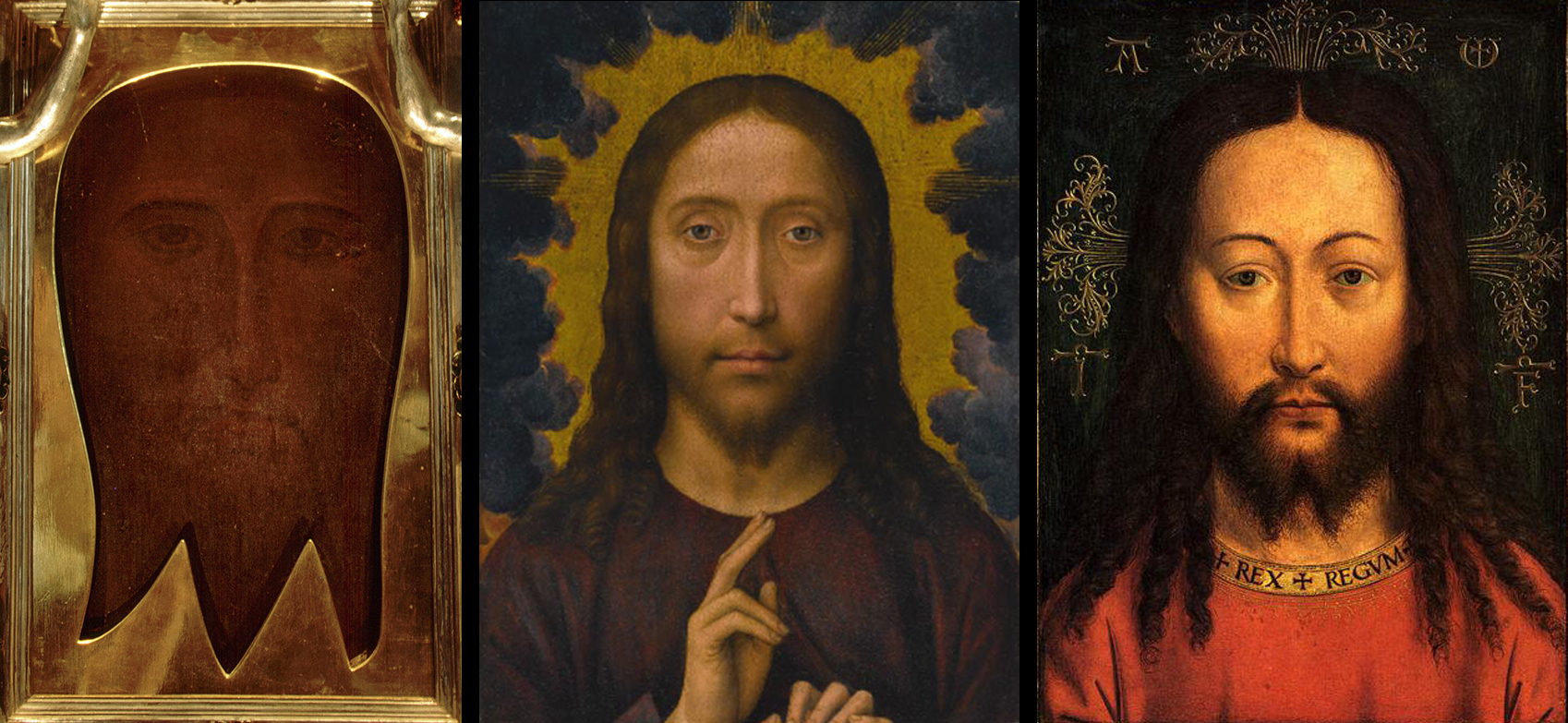
Rembrandt's early work seems to reflect a third source for the face of Jesus, a so called Letter of Lentilus, which describes Jesus as "the most beautiful of mortals". In his Christ and the Woman Taken in Adultery, Rembrandt depicts Jesus with long blondish hair, soft features, and taller stature that all the others present.

In the late 1640s Rembrandt abandoned these traditional sources and started using as his model for Jesus a young Sephardic Jew from his neighborhood. This would mark a radical change not only in his work, but also in the entire tradition of Christian art. Gone is the light-brown hair, the thin lips, the large forehead and elongated nose, and the feminine features of the canonical type.
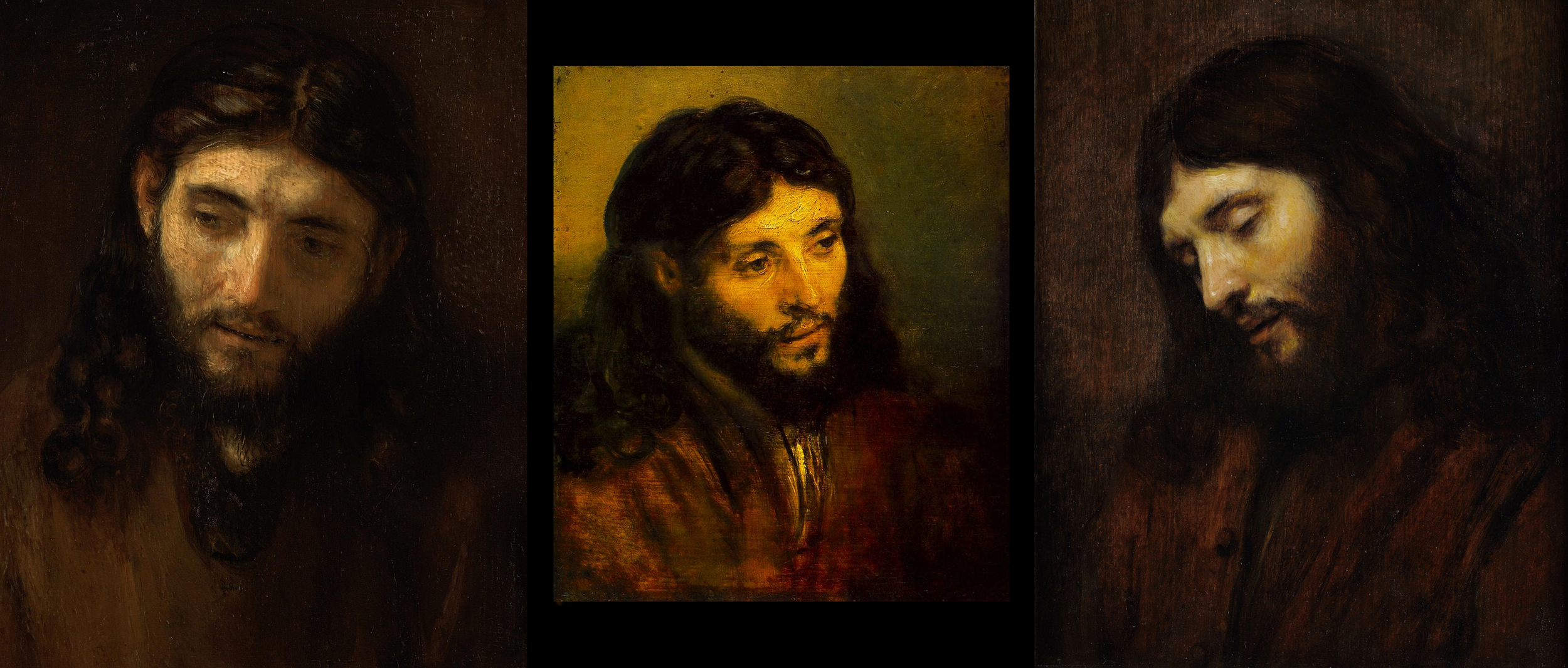
Rembrandt's new Jesus is more natural, his proportions more realistic, his face more common. He is no longer a two dimensional icon nor an Adonis, but a face in the crowd.
There is nothing in these new portraits which sets Jesus apart as if his humanity were somehow different from ours. It seems that Rembrandt, consciously or not, got closer to the appearance of Jesus as described in the prophecy:
“He had no form of majesty that we should look at him, nothing in his appearance that we should desire him.”
Further reading: Rembrandt and the Face of Jesus, edited by Lloyd Dewitt.
BLOG ARCHIVE
It is remarkable and surprising that women play such a prominent role in the gospels as the first witnesses to the resurrection of Jesus.
The Gospels give accurate details about Jesus’ travels and distances to the places he visited.
On Easter morning, John and Peter, after hearing Mary Magdalene’s report that Jesus’ body was missing, raced to the tomb.
A bold move from one of the members of the Sanhedrin.
Holy Week in Art: the Resurrected Jesus Appears to Mary Magdalene.
On the fifth day of Holy Week, Jesus is arrested after Judas betrays him with a kiss.
On the fifth day of Holy Week, Judas and his disciples celebrate the passover meal.
On the third day of Holy Week, Judas Iscariot negotiates with the Sanhedrin to hand Jesus over.
On the third day of Holy Week, the religious leaders confront Jesus in order to entrap him.
On the second day of Holy Week, Jesus cleanses the temple.
On Palm Sunday, Jesus enters Jerusalem on a donkey and is greeted by great crowds.
Illuminated books are beautifully decorated texts.
Mosaic, a beautiful and long-lasting art form.
A new collection of miniature portraits of Jesus that fit in any small space.
Creatinine and ferritin iron nanoparticles found on the Shroud of Turin.
A beautiful and otherworldly depiction of an exhausted Jesus surrounded by angels.
A lovely locket pendant with miniature Jesus portrait based on the Shroud of Turin.
The Shroud of Turin would be of limited interest as an ancient artifact were it not for the fact that the gospel of Mark mentions that Joseph of Arimathea wrapped Jesus' body in a linen cloth for burial.
Our movie Jesus Alive Again has been accepted to compete at GLSF.
Two newly discovered molecules shine light into the aroma of the ancient resin.
tags / Jesus, Jesus painting, Jesus face, Rembrandt, Christian art













